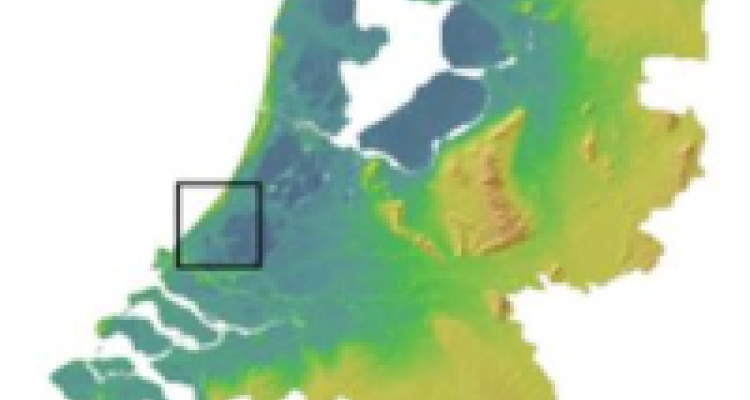
Nieuws
New publication: Urban heat indicator map for climate adaptation planning
Article by: M. A. M. de Groot-Reichwein, R. J. A. van Lammeren, H. Goosen, A. Koekoek, A. K. Bregt, P. Vellinga
Abstract
By 2050, 75 % of the world’s population will live in cities and the occurrence of heat wave events might have doubled. Mapping the climate and land use change impact for urban heat events should set the agenda for adaptation planning at the local scale. Literature on urban heat mapping does not reveal a clear indicator to visualise the urban heat impacts that includes consequences of land use and climate changes for planning purposes. This paper introduces a stepwise approach to develop a single complex indicator to map the urban heat impact for local climate adaptation planning processes. Information on climatic drivers and land use characteristics are combined and projected for future land use and climate change impacts. Next, several visualisation techniques are developed to investigate which techniques are most effective to visualise complex information with multiple variables in one visualisation. A usability test is performed to investigate how indicator and map meet the information and communication needs of policy makers. Our findings reveal that it is important to add information on future impacts to set the agenda for adaptation planning at the local scale. Applying cartographic techniques in a map series presentation has proven to be effective to map complex information in a single image and fulfil most of the identified information needs. Based on our finding, we introduce the information enrichment chain as a promising approach to support local adaptation planning.
Reference
M. A. M. de Groot-Reichwein, R. J. A. van Lammeren, H. Goosen, A. Koekoek, A. K. Bregt, P. Vellinga, Urban heat indicator map for climate adaptation planning, Mitigation and Adaptation Strategies for Global Change, July 2015 (DOI10.1007/s11027-015-9669-5)